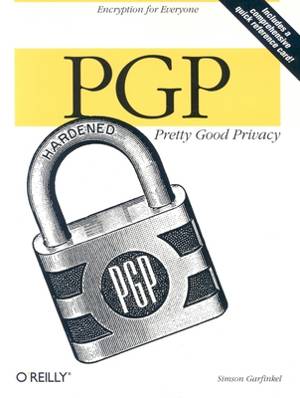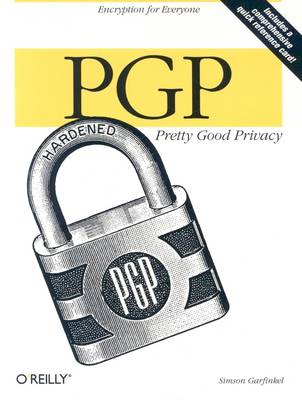
- Afhalen na 1 uur in een winkel met voorraad
- Gratis thuislevering in België vanaf € 30
- Ruim aanbod met 7 miljoen producten
- Afhalen na 1 uur in een winkel met voorraad
- Gratis thuislevering in België vanaf € 30
- Ruim aanbod met 7 miljoen producten
Zoeken
Omschrijving
PGP is a freely available encryption program that protects the privacy of files and electronic mail. It uses a public key cryptography and works on virtually every platform. This book is both a technical users guide and a behind-the-scenes look at cryptography and privacy.
Specificaties
Betrokkenen
- Auteur(s):
- Uitgeverij:
Inhoud
- Aantal bladzijden:
- 430
Eigenschappen
- Productcode (EAN):
- 9781565920989
- Verschijningsdatum:
- 27/12/1994
- Uitvoering:
- Boek
- Afmetingen:
- 188 mm x 232 mm
- Gewicht:
- 678 g

Alleen bij Standaard Boekhandel
+ 78 punten op je klantenkaart van Standaard Boekhandel
Beoordelingen
We publiceren alleen reviews die voldoen aan de voorwaarden voor reviews. Bekijk onze voorwaarden voor reviews.








